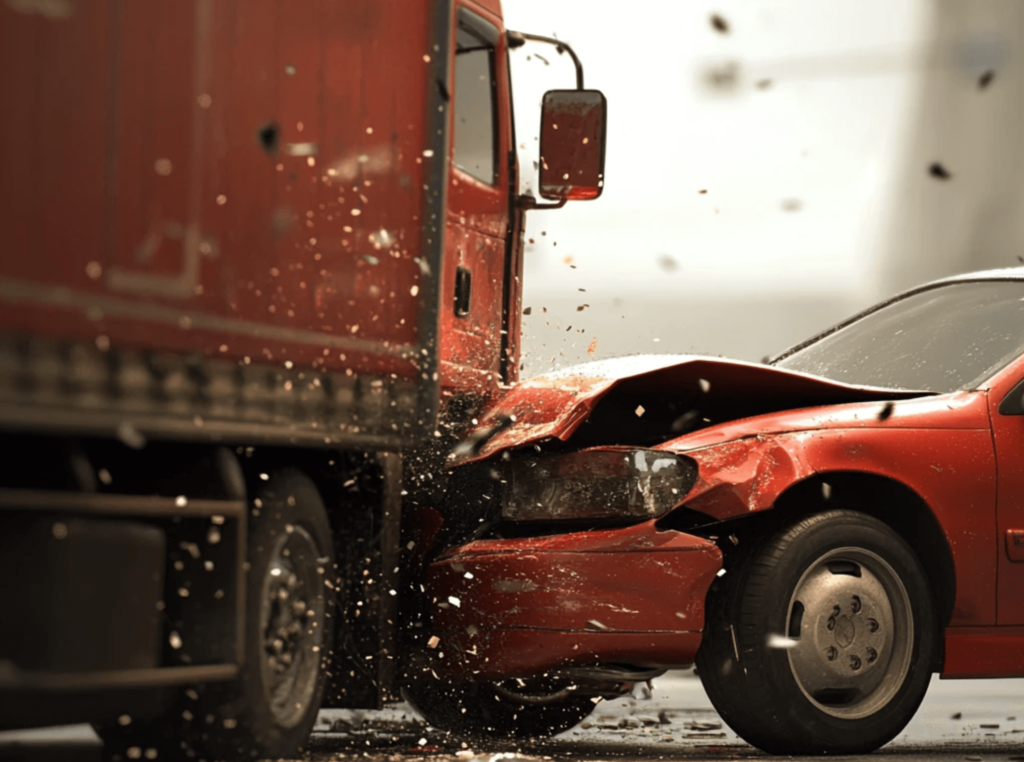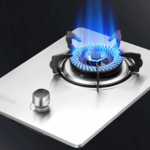A Sudden Turn: The Unpredictable Nature of Car Accidents
Traffic accidents are unfortunate events that can change a normal day into one filled with chaos, uncertainty, and fear. Having a clear path of action can make the crucial difference between spiraling into stress and handling the aftermath with poise. Though every crash features its own unique particulars, there are basic protocols anyone can observe to keep sanity intact, safeguard lives, and secure rightful claims.
One of the most imperative tasks post-accident is obtaining legal guidance. Consulting with a car accident attorney can safeguard your rights and help to ensure you receive the compensation you deserve. It can also help simplify the often bewildering and torturous process of dealing with insurance companies and liability disputes. And it can help you, in the worst-case scenario, avoid the significant damages you could end up owing if your circumstances post-accident turn into a legal donnybrook. This manual will give a comprehensive outline to effectively navigate this complex scenario.
Step 1: Ensure Safety First
Right after a crash, the most crucial thing is to see that everyone is safe. If it is at all possible, move your vehicle off the road and turn on your hazard lights so that other drivers can see you. Next, check yourself and your passengers for any injuries. If someone is hurt, or if you think you might be hurt, too, get the police and an ambulance on the way. You pay a lot for those services every year. Use them!
Step 2: Call the Authorities
It's critical not to overlook the step of calling the police. A law enforcement document serves as a formal record of what happened, laying out the particulars and often affecting how smoothly insurance claims go afterward. Also, having real cops on the scene helps with traffic, keeps the place from blowing up with further accidents, and makes sure the peace is maintained.
Step 3: Document the Scene
Collecting proof at the site strengthens your assertions afterward. Use your smartphone to take pictures of the vehicles, any visible damage, tire impressions, and the surrounding scene. Gather information from the other driver, including:
- Name
- Contact information
- Insurance details
- Vehicle information
Should there be any witnesses, make it a point to ask them for their contact information in a polite manner, especially if their account may be helpful later on.
Step 4: Seek Medical Attention
Even if you initially feel all right, it is essential to seek medical care right away. Some specific injuries—like concussions or whiplash—most likely won't show any signs for a while. And yet, it's the very nature of some injuries not to show any signs for a time. But if you record their appearance at first and also document your treatments afterward, you have what's called a medical record. A medical record is very important when it comes to obtaining certain benefits.
Step 5: Notify Your Insurance Company
Promptly inform your insurance company about the event and follow its specific procedures for filing a claim. Give them the details you've collected and any discussions you've had. This is no time to shade the truth or dress it up in optimistic terms—any lies or even large fibs could seriously affect the outcome.
Step 6: Consult a Car Accident Attorney
Hiring a car accident attorney can make a huge difference in your claim or lawsuit. Attorneys specialize in the many different laws affecting car accidents and understand the ins and outs of these laws. Consequently, they are well qualified to evaluate the many different aspects of your case—especially the aspect that affects you directly: the amount of money you should get. An attorney can also handle all the communication that you must have with the insurance companies. And if you must go to court, your attorney can pursue your case there.
Step 7: Keep Detailed Records
Keep all the documents connected to the accident in a single, well-organized file. This includes police reports, medical bills, letters to and from your insurance company, and estimates to repair your car. If you have to prove anything related to the accident later, these files will be your best evidence.
Step 8: Monitor Your Health
Your health should remain a top priority even after the initial chaos has settled. Follow through with all medical appointments and adhere to doctors' advice. Future symptoms may develop, and timely medical attention helps mitigate long-term health impacts while reinforcing your claim's credibility should settlements or court proceedings arise.
Conclusion:
Facing the consequences of a car accident can be overwhelming, but a clear-cut way of dealing with it can reduce much of the stress and worry that comes with it. You can handle the situation more confidently and surely by making safety your number one priority, documenting everything in detail, and calling on the legal pros to help you understand the not-so-clear areas.



